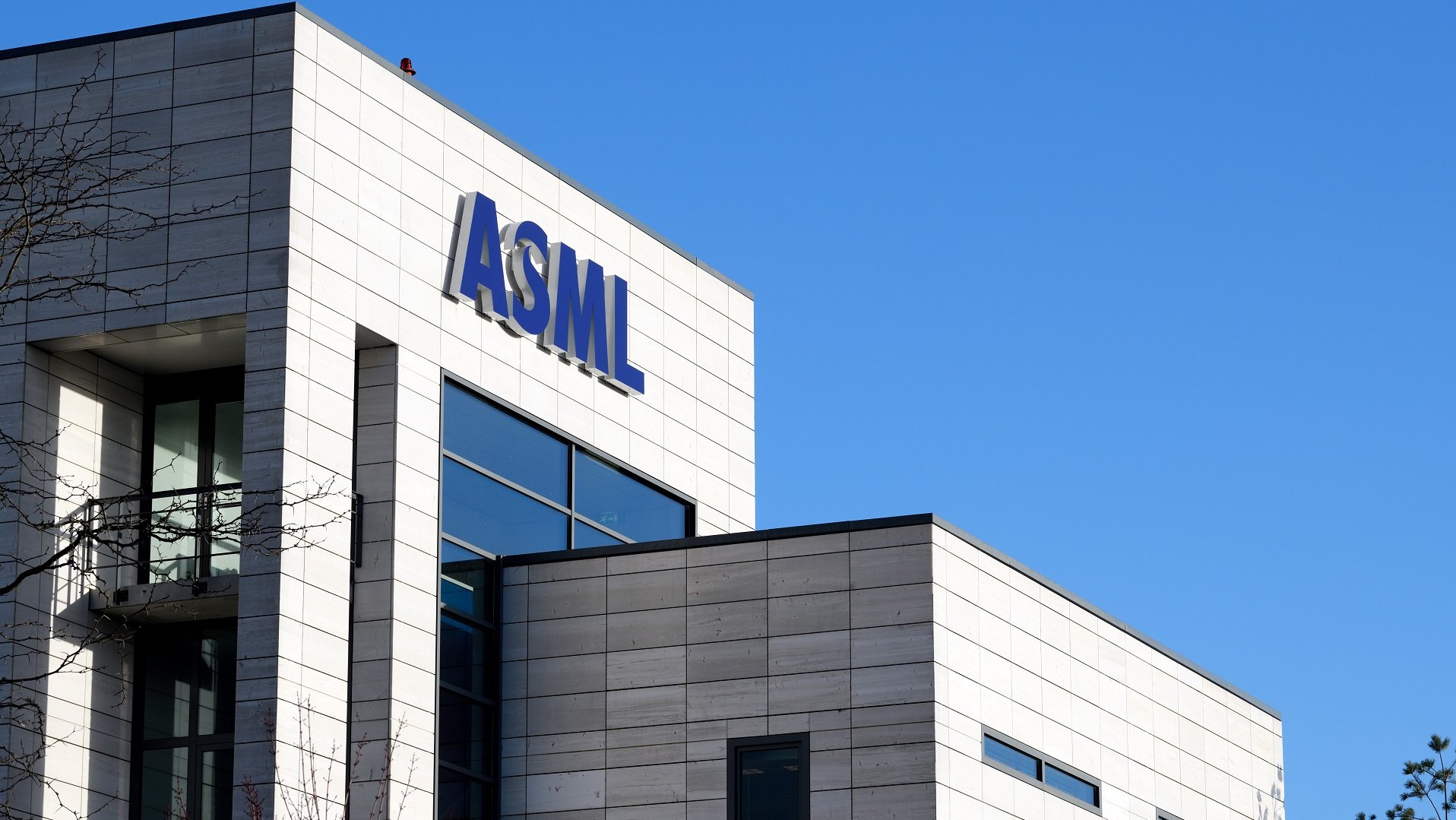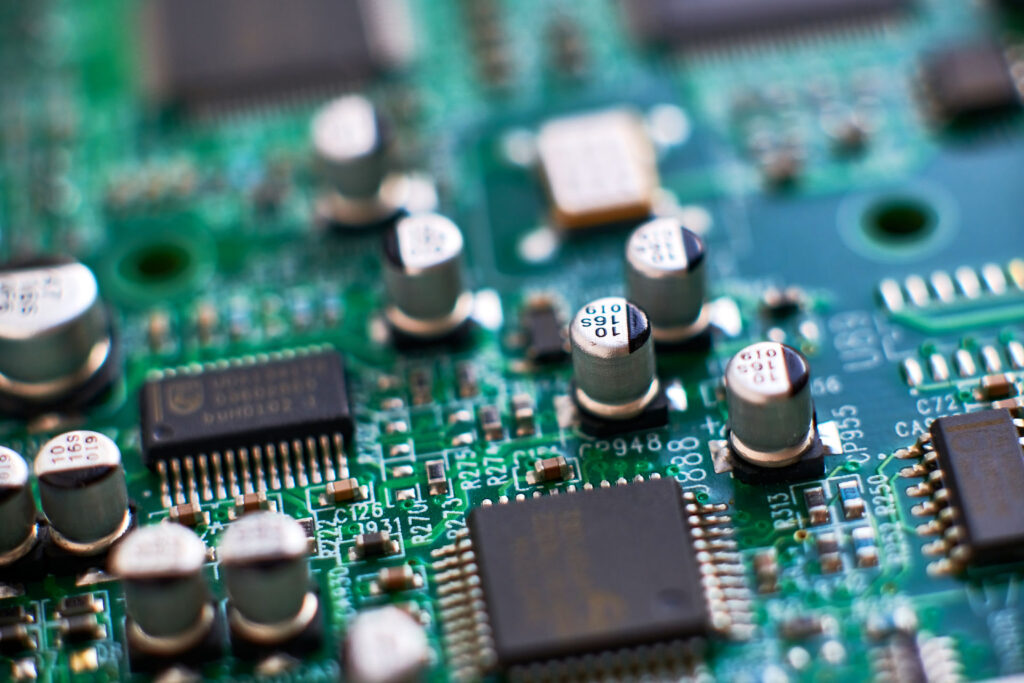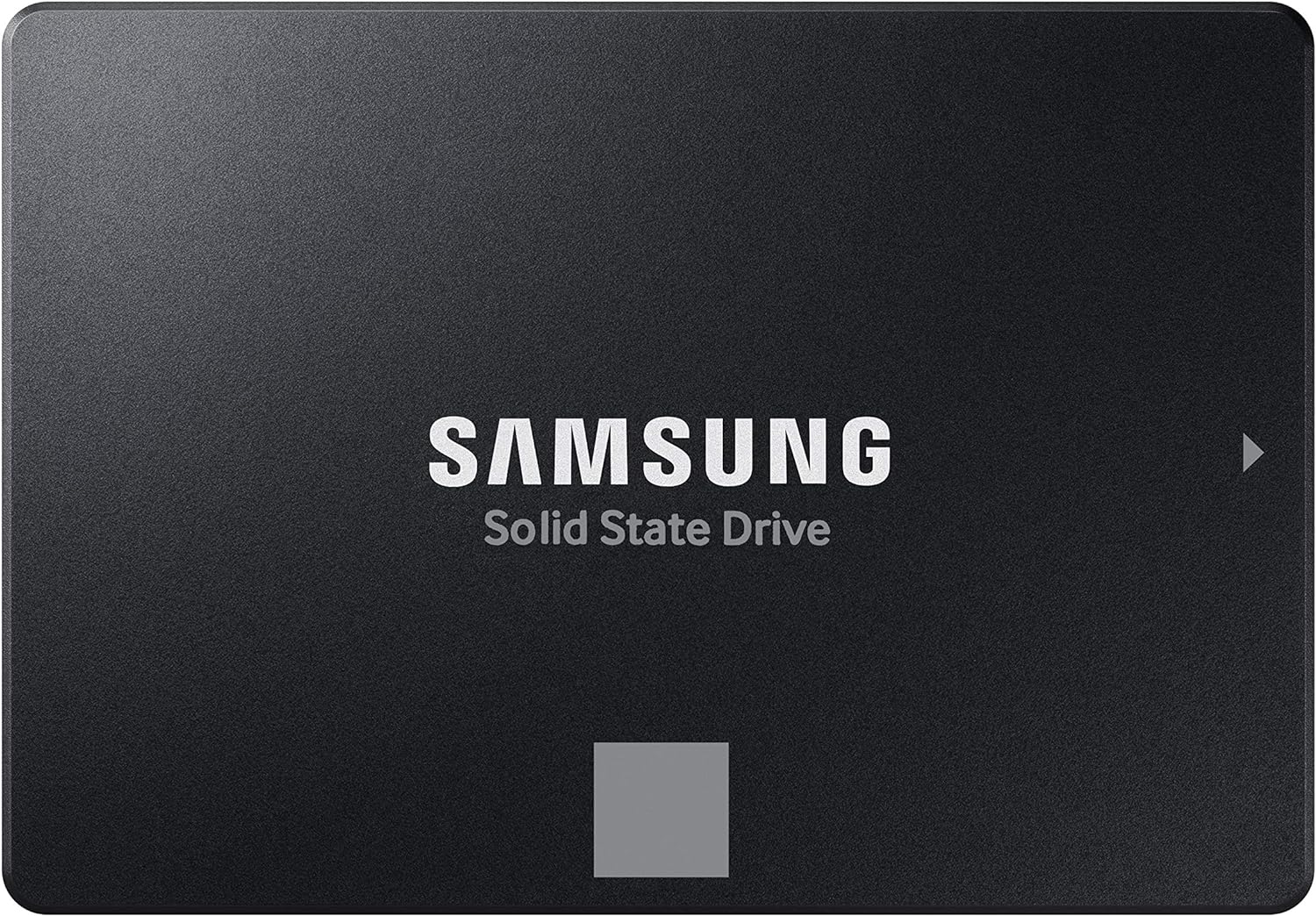
In chip manufacturing, ASML, a Dutch company, is the sole provider of EUV lithography machines. These machines are pivotal in producing the most advanced processor chips that power our digital age. This blog delves into how ASML’s monopoly impacts the tech industry and what it means for the future of global technology.
The ASML Monopoly
ASML isn’t just a company; it’s a cornerstone of modern technology. Holding a monopoly in producing extreme ultraviolet (EUV) lithography machines, ASML is crucial in fabricating advanced microchips used in everything from smartphones to data centers. This monopoly is built on a foundation of high-cost technology and innovation that few can match.
The Importance of EUV Lithography
EUV lithography represents the pinnacle of chipmaking technology. It uses incredibly short wavelengths of light to create minuscule patterns on silicon wafers, allowing for more transistors on a chip and, thereby, more powerful and efficient processors. This technology is essential for meeting the growing demands for faster, smaller, and more energy-efficient electronic devices.
The Impact of a Monopoly
ASML’s unique position affects the tech industry in several ways:
- Innovation Acceleration: ASML’s continuous advancements in EUV technology push the boundaries of what chips can do, driving innovation across the tech landscape.
- Cost Implications: The sophisticated nature of EUV machines, costing up to $200 million each, means they are a significant investment for semiconductor companies, influencing the economics of the chip industry.
- Supply Chain Dynamics: With its monopoly, ASML’s production capacity and speed become critical, especially during global chip shortages that can delay everything from video game consoles to electric vehicles.

ASML’s Global Influence
ASML isn’t just a significant player; it’s a global powerhouse. Its technology is the heartbeat of many industries and is vital for leading chip manufacturers like TSMC, Intel, and Samsung. These companies rely on ASML’s EUV lithography machines to produce the most advanced chips, which, in turn, power countless technologies around the world.
Challenges and Opportunities
While ASML’s position offers many opportunities, it also presents challenges:
- Scalability and Demand: ASML must constantly innovate and expand to keep up with the exponential demand for more advanced chips.
- Geopolitical and Market Influences: ASML’s operations and sales are influenced by global politics and economic shifts, including trade restrictions and international relations, particularly involving technology transfer and security concerns.
The Future of ASML and Chip Technology
Looking ahead, ASML is not just resting on its laurels but actively shaping chipmaking’s future. With investments in next-generation technology and new manufacturing facilities, ASML is poised to maintain its lead in the industry. The company’s strategy not only involves enhancing the capabilities of EUV technology but also preparing for the next wave of technological advancements.
Way Forward
ASML’s monopoly in EUV lithography isn’t just about dominating a market niche; it’s about steering the course of global technology. As we look to a future where digital technologies will become even more integrated into our daily lives, the role of companies like ASML will only grow in importance. Understanding ASML’s impact helps us appreciate the complex interdependencies that drive technological progression and innovation today.
Call to Action
Stay tuned for more insights into how technology leaders like ASML are not just participants but pioneers in the digital age, continually pushing the limits of what’s possible in the tech world. Join the conversation about the future of technology and how it shapes our society.
FAQ
What does EUV lithography involve, and why is it important?
EUV lithography uses ultraviolet light to etch microscopically delicate patterns onto silicon wafers, which is crucial for making advanced microchips. This method allows for more minor, powerful, and energy-efficient chips, essential for powering everything from smartphones to servers.
How did ASML achieve a monopoly in EUV lithography?
ASML achieved its monopoly by being the only company capable of developing and producing EUV lithography machines that meet the advanced requirements of modern chip production. This resulted from significant investments in R&D and strategic partnerships with key customers and suppliers.
How does ASML’s monopoly affect the tech industry?
ASML’s monopoly accelerates technological innovation and affects the pricing and availability of chips. It can lead to challenges like dependency on a single supplier and potential vulnerabilities in the supply chain during global shortages or geopolitical tensions.
What are some challenges ASML faces due to its unique position?
ASML faces challenges such as scaling production to meet global demand, navigating complex international trade laws, and continuously innovating to stay ahead of potential competitors who may also enter the EUV lithography market.
What does the future hold for ASML and the chipmaking industry?
ASML’s future looks promising as the demand for more advanced chips grows. ASML is likely to continue leading in the EUV lithography space while investing in next-generation technologies to keep pace with the evolving needs of the digital and electronics markets.






